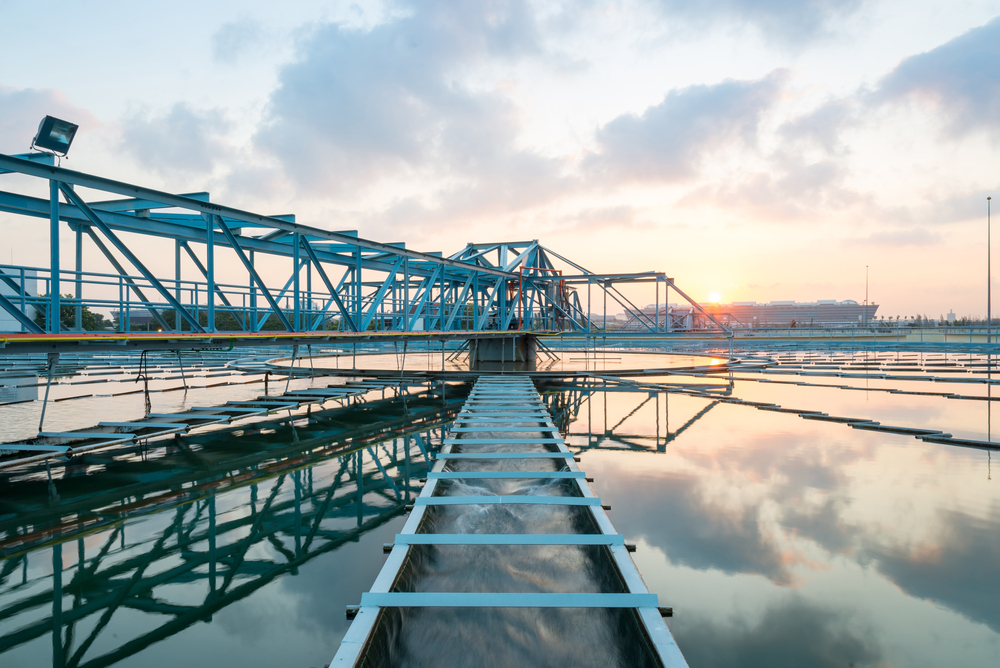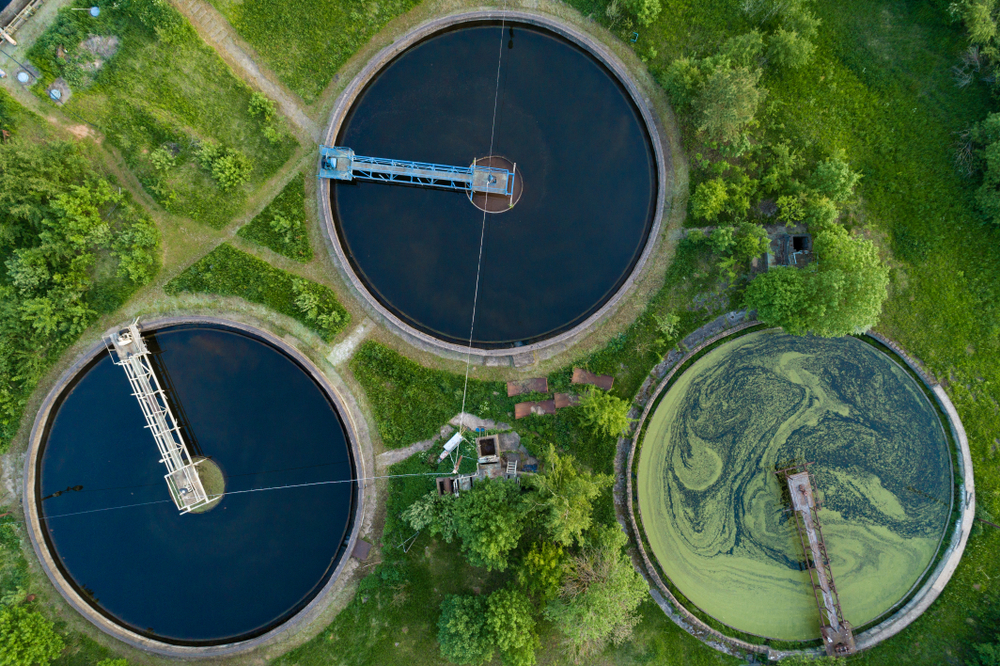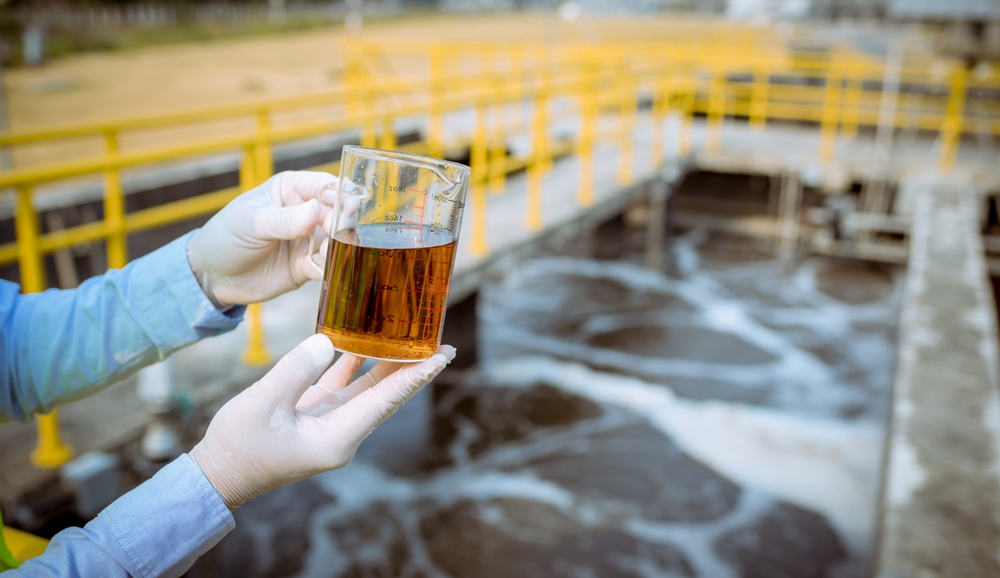Blog
A common dilemma regarding wastewater treatment plants: what is a safe distance from homes? And is it even safe to live near one?
This is a dilemma that concerns many people, so we have decided to explore these issues in more detail.

Maybe a wastewater treatment plant (WWTP) is planned to be built near your home or you might represent an institution that needs wastewater treatment.
Either way, a question about safe distance has probably crossed your mind. How far away from houses should the wastewater treatment plant be located? And is it even safe to live near it? And what about the odour?
There is no magic number
We will answer a common and fundamental question up front. The minimum distance between wastewater treatment plants and homes is not precisely defined.
The Water Act and a decree of the Ministry of the Environment, which defines in more detail the requirements for the construction of a wastewater treatment plant, cover the specifics of wastewater treatment plants. However, neither of these documents specifies a "safe" distance.
In the case of small domestic WWTPs, it is required to pick a site so that the house can be connected to the sewer system and at the same time the plant can be emptied reliably.
As for the distance of the domestic WWTP from the well, the minimum distance is specified in the Slovak Technical Standard STN 75 6401.
The site of a large industrial treatment plant is subject to a permit from the Waterworks Construction Authority.

However, as we have already mentioned, there is no minimum distance from the houses. It depends on the situation - i.e. where the wastewater treatment plant will be located, whether it is in a built-up area or what size it will have.
Model case from Iran
Although there are no exact figures, that does not mean that a wastewater treatment plant can be built just anywhere. On the contrary.
As cities grow and urbanise, even more care needs to be taken to ensure appropriate sites.
Researchers and city officials in Kahak, Iran, considered a number of criteria when designing a municipal wastewater treatment plant in a similar way, such as topography, geology, land use, distance from roads, railways, the coast and also distance from dwellings.
Once they reviewed all this, they figured out how far away from the road or houses the treatment plant should be built.
The case study indicates that the optimum distance of the WWTP from settlements, i.e. built-up areas, ranged from 550 to 5,000 metres. In the case of densely built-up areas, it may be less, ranging from 150 to 1,500 metres.
For roads, the minimum distance is 300 metres and the maximum distance is 3000 metres.
You might ask why there is a maximum distance in addition to the minimum distance? Residents usually do not want to have a WWTP in the immediate vicinity because they are afraid of the odour. That is quite logical.
On the other hand, it should be said that a wastewater treatment plant needs infrastructure, which is why it cannot be built in too remote sites. This would make the construction of the infrastructure more expensive.
But let's get back to the findings presented by the Iranian researchers. For the wastewater treatment plant to be built in Kahak, it was advisable for it to be at least 500 metres and no more than 3 kilometres away from the rivers.
In the case of groundwater sources and wells, the range was about the same. The minimum distance was 500 metres and the maximum 3.5 kilometres.
Is it even safe to live near a wastewater treatment plant?
The wastewater treatment plants process wastewater, sludge and chemicals, so it's completely normal that people are worried about smells. But is there really any risk?
For a better explanation, we have a real case for you from the Greek city of Patras.
Researchers examined how wastewater treatment plants affect the lives of residents who live within 500 metres.
Like any other, this WWTP consisted of grit chambers, chlorination areas, tanks, as well as sludge treatment.
The researchers took air samples once a week for an entire month. On one day, however, they took a sample in the morning, at noon, and in the evening. And the result?

Bacteria such as staphylococcus, streptococcus and E.coli (salmonella in general) were found in the samples, but in minimal quantities.
The Lakeside-equipment.com portal suggests that Coliform is largely found on kitchen sponges, dish rags, counters or cutting boards.
This means that bacteria are much closer than we think. And there may be no wastewater treatment plant nearby.
What about the odour? The tank covers are sealed tight to prevent any permeation of hydrogen sulphide, other gases and any odours whatsoever.
Advanced technology and operation only add to this. So if there is a wastewater treatment plant to be built in your neighbourhood, you can put the smell concerns behind your head.
More articles
Global war for water: Is this threat real?
Global climate change is largely threatening water supplies and scientists warn of the catastrophic consequences of our carelessness.
Slovak, Czech and Russian met... at Hydrotech teambuilding
At the end of January, Hydrotech organized a meeting of almost every of its branch offices´ employees. This teambuilding was attended by people from...
